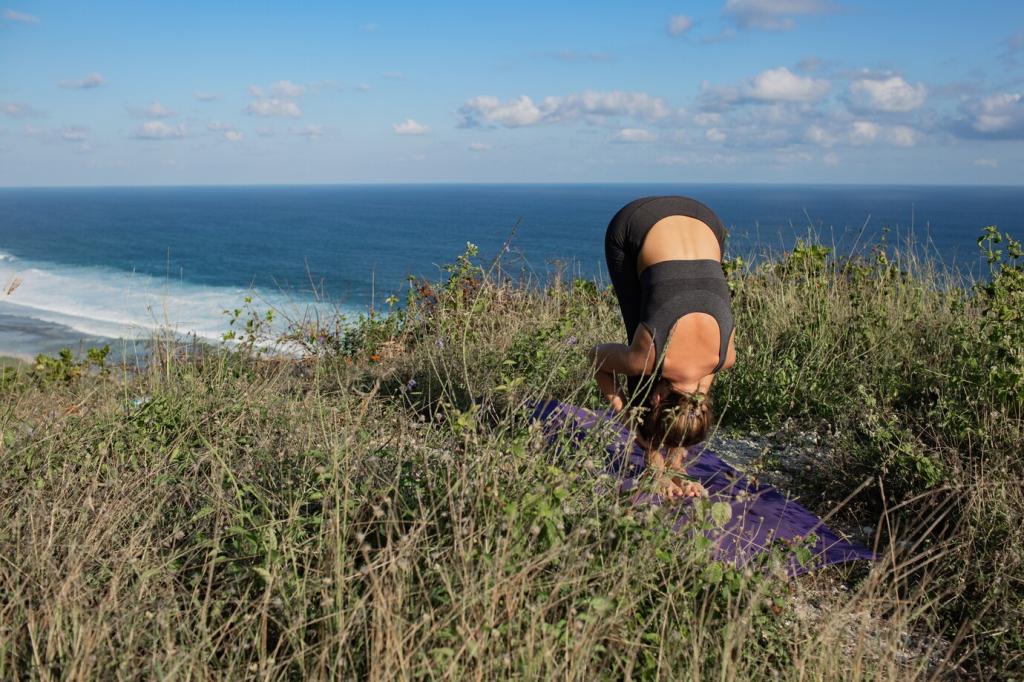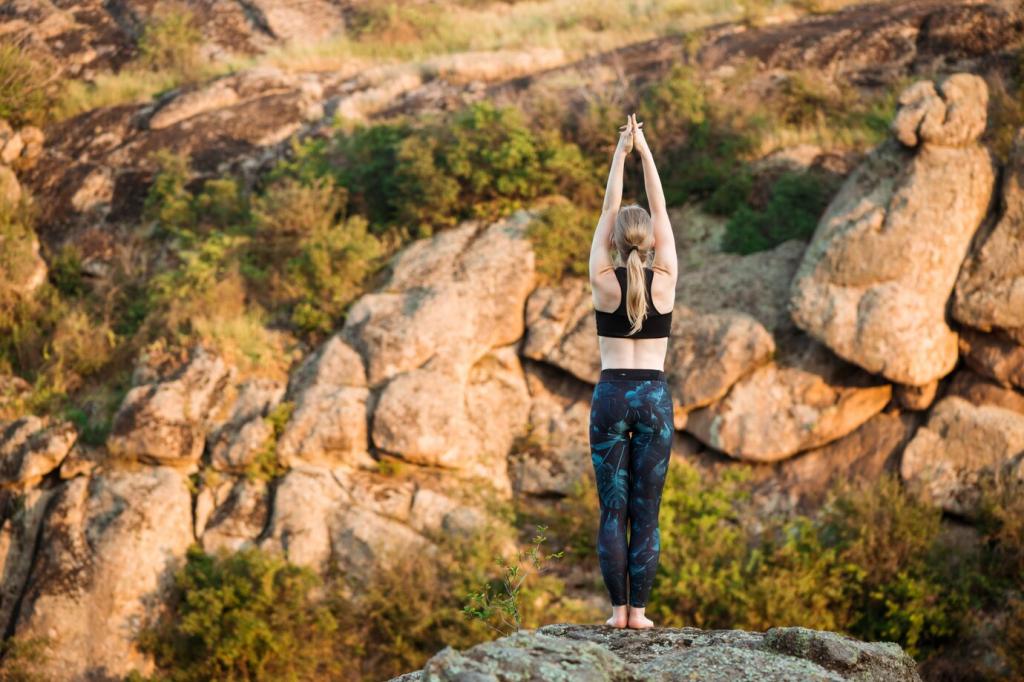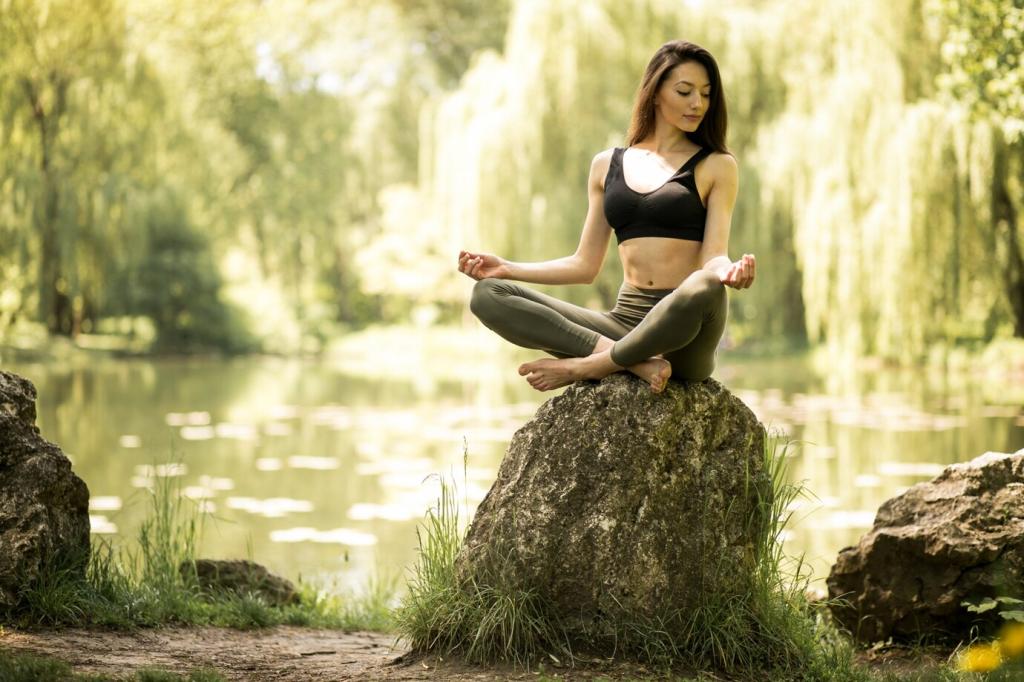Breathe with the Earth: Using Natural Elements in Meditation Spaces
Chosen theme: Using Natural Elements in Meditation Spaces. Welcome to a calm, grounded home page where wood, stone, light, water, and living plants turn ordinary corners into sanctuaries. If this speaks to you, subscribe and share your nature-centered practice so our community can learn from your experience.

Grounding Materials: Wood, Stone, and Clay
Choose FSC-certified wood, reclaimed timbers, and stones gathered respectfully, never stripping living habitats. Clay vessels from local makers add warmth and story. Sustainable choices deepen the practice by aligning outer surroundings with inner values, letting ethics and aesthetics meet each time you sit.
Light and Air: Let Nature Guide Your Rhythm
East-Facing Morning Practice
If possible, claim an east-facing corner. At sunrise, sit with eyelids lowered as the first light rises, warming cheeks and collarbones. Instead of chasing focus, notice pale gold brightening to white. Let the day begin inside the breath, then outside at its own pace.
Breezes and Breath
Open a window to welcome a gentle cross-breeze. Sit where air brushes your forearms, and allow breath to mirror that movement, widening on the inhale and settling on the exhale. If wind is strong, shift slightly to feel presence without distraction, honoring comfort and consistency.
Lighting Layers, Naturally
Combine sheer linen curtains, a beeswax candle, and a ceramic reflector bowl to soften shadows. Dusk practices benefit from warmer tones that cue the body toward rest. Tell us how you layer daylight and candlelight, and which arrangement best supports your evening meditations.
Living Plants as Quiet Companions
Start with resilient friends like snake plant, pothos, or ZZ. They forgive uneven watering, thrive in moderate light, and stay beautiful with minimal fuss. Keep leaves clean with a soft cloth, rotate a quarter turn weekly, and observe how their calm shapes influence your posture and mood.
Living Plants as Quiet Companions
Let plant care be part of practice. Fill a watering can mindfully, pour slowly until soil darkens, and notice subtle mossy scents rising. Snip a brown leaf with gratitude. That five-minute ritual becomes a weekly reminder that attention is nourishment, both for you and your green companions.
Living Plants as Quiet Companions
Which plant combinations feel most settling beside your cushion, and why? Tell us about textures, leaf sizes, and pot materials that harmonize with your space. Comment with photos and tips so others can replicate your favorite pairings for a balanced, living meditation environment.





Texture and Scent: Touch and Aroma as Gateways
Layer a wool mat, cotton zabuton, and a simple jute or tatami rug. Natural fibers breathe, hold warmth, and age gracefully. Underfoot texture cues presence with every step. If seated long, add a linen throw to support knees, keeping softness without sinking your posture.
Texture and Scent: Touch and Aroma as Gateways
Consider cedar shavings in a bowl, a lavender sachet near the altar, or a single drop of essential oil on a stone. Keep aromas gentle and optional. Ventilate well and honor sensitivities. Share your favorite low-intensity scent rituals that calm without overwhelming the senses.
Simple Layouts, Sacred Boundaries
Mark the boundary of your meditation zone with two river stones or a braided grass cord. The tiny ritual of stepping over a threshold signals transition. Crossing in and out becomes a cue to protect stillness, even if your space is just a quiet corner of a busy room.

Seasonal Shifts and Outdoor Extensions

In winter, a sprig of pine and a heavy wool mat; in spring, a small jar of wildflowers; in summer, sea stones and open windows; in autumn, crimson leaves in a clay bowl. Share your seasonal rituals and what each phase encourages in your practice.
